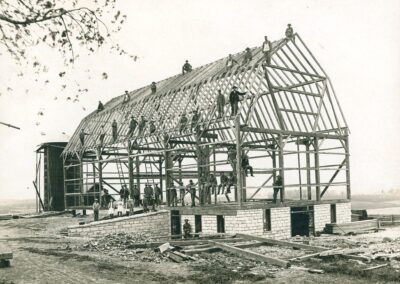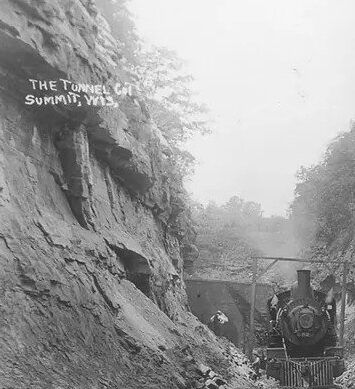History
Ho-Chunk, Railroad, Farming and Settlers.
Photo Credit: Monroe County Local History Room & Museum
Monroe County, named in honor of James Monroe, the fifth president of the United States, was established by state legislation in 1854.
















